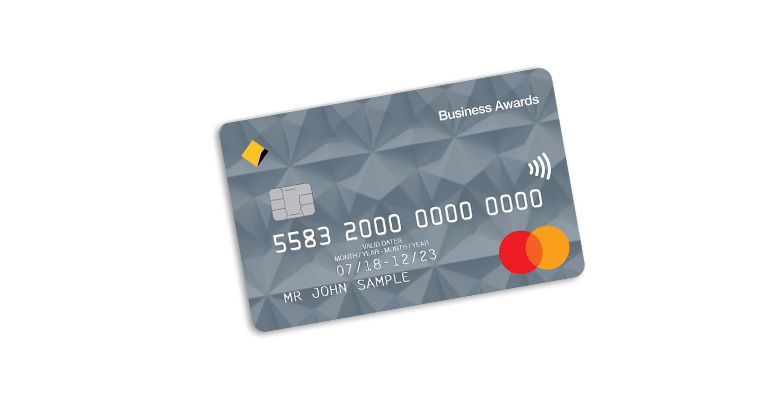
If your child will be using a creditcard, you should establish spending limits and reimbursement policies. It is important to teach your child financial responsibility and how credit affects money. These tips will help your child avoid inappropriate use of a credit line and allow him to be responsible with his credit card usage.
Clear spending limits
Make sure that you set spending limits before your child gets a creditcard. It's not a good idea to allow your child to go crazy and end up in debt. Instead, create clear guidelines for how much they can spend each day, and the items they can buy. Your child will be less likely to purchase unnecessary items.
It is also a good idea if you review your purchases with your child every month. This will allow them to understand why they are buying and reduce the chance of late payments or high balances. These behaviors will reflect poorly on their credit file later on. Remind your child that the card balance and interest fees are their responsibility.

Authorized user accounts are a way to reduce spending. You can allow authorized users to make purchases with your credit card, and you will earn rewards. These rewards can be used for emergency expenses, or to stock up for a vacation. To prevent overspending, authorized users can be granted different credit limits.
Educating your child about financial responsibility
Your child's financial responsibility can be taught by using their credit card. This will encourage responsible financial habits. Credit cards are a great way to teach children about money and how to balance their checkbooks. Parents should not allow their children to accumulate too much debt. Credit cards should only be given to mature adults who can make responsible purchases.
You must teach teenagers about money and credit, especially when they are so mobile. You will help them be prepared for any unexpected costs. Financial literacy is crucial for your future success. It includes the ability to get better mortgages, lower insurance rates, and obtain car loans. It will save your child money and help you avoid scams by teaching them about credit.
Protecting your child’s credit card
There are many options to protect your child’s credit. This will allow you to prevent identity theft. It is a good idea, as well, to report fraud both to the FTC (and to the credit agencies). Protecting your child's credit can be done by placing a credit freeze. This blocks lenders from accessing credit reports and opening new accounts under their name.

The first step in protecting your child's credit is checking their credit report. Most companies will verify the identity of your child by using their phone number. However, identity thieves could fake this number to avoid detection. This tactic is known as caller identity spoofing. Identity thefts may use automated calls to spoof the child's phone number. They may even impersonate a company or an institution.